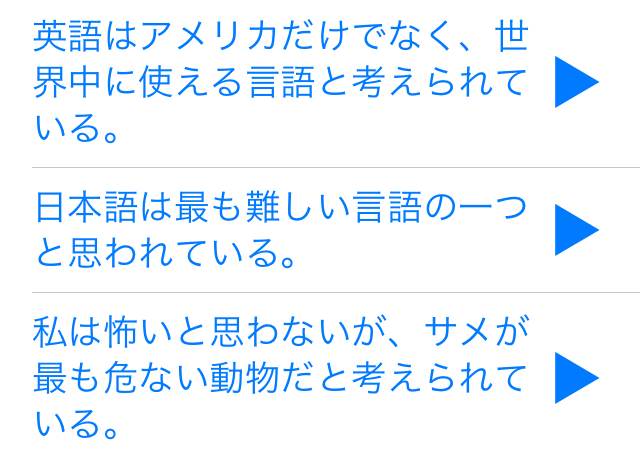So I know that you’re supposed to use them after nouns and な-adjectives.
However, after peaking through several grammar points that use this particle I find that it’s use and not use are really inconsistent.
For example, だと appears as expected for all と思う sentences but not at all for と言う (for quotations). Although that might be because they’re aren’t any example sentences where it’d be necessary. However, the rule isn’t mentioned on the grammar point either.
Then on と聞いた even though the rule isn’t mentioned it’s used and on と言われている it’s sometimes used and sometimes not.
Is there some rule that I’m missing that explains why some of these seeming very similar or related grammar points have different conjugation rules?
Perhaps these grammar points need to have the conjugation patterns better explained?




